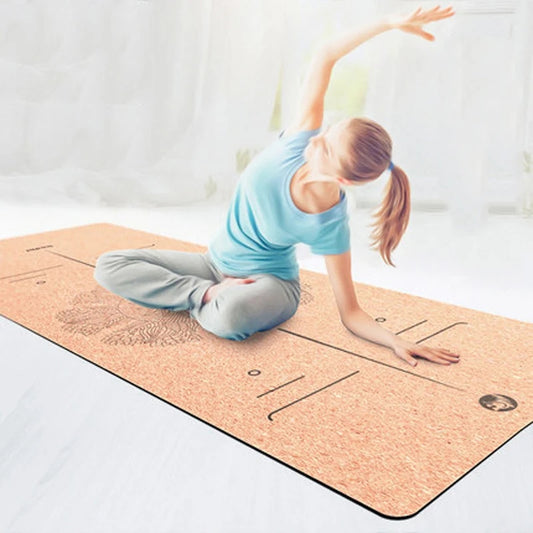A Pilates teacher, also known as a Pilates instructor, is a trained professional who guides individuals through Pilates exercises and techniques to improve strength, flexibility, posture, and overall body awareness. Here are some key aspects of a Pilates teacher's role:
-
Training and Certification: Pilates teachers undergo specialized training and certification programs to become qualified to teach Pilates. They learn about Pilates principles, anatomy, biomechanics, teaching methodology, and hands-on techniques through accredited Pilates teacher training programs.
-
Instruction and Cueing: Pilates teachers provide clear and precise instructions, cues, and demonstrations to guide students through Pilates exercises and movements. They emphasize proper alignment, breath control, and mindful movement to enhance effectiveness and safety during practice.
-
Class Planning and Programming: Pilates teachers design and structure Pilates classes and sessions to meet the needs and goals of their students. They develop progressive sequences of exercises, incorporate variations and modifications, and adapt workouts to accommodate different fitness levels, abilities, and special considerations.
-
Focus on Core Strength and Stability: Pilates teachers emphasize core strength, stability, and alignment in their teaching. They focus on engaging and strengthening the deep core muscles, including the abdominals, back, and pelvic floor, to improve core stability, enhance posture, and support overall spinal health.
-
Use of Equipment and Props: Pilates teachers may teach mat-based Pilates classes or incorporate specialized Pilates equipment such as reformers, cadillacs, chairs, and barrels into their sessions. They are trained to use equipment safely and effectively to provide resistance, support, and additional challenge during workouts.
-
Individualized Attention and Correction: Pilates teachers provide individualized attention, feedback, and correction to students to help them improve their technique and form. They offer hands-on adjustments, verbal cues, and visual demonstrations to assist students in achieving optimal alignment and movement patterns.
-
Promotion of Mind-Body Connection: Pilates teachers promote mindfulness, body awareness, and breath awareness in their teaching. They encourage students to cultivate a deeper connection between mind and body, focusing on the present moment and fostering a sense of inner awareness and balance.
-
Continuing Education and Professional Development: Pilates teachers engage in ongoing learning, continuing education, and professional development to expand their knowledge and skills as instructors. They attend workshops, seminars, and trainings, stay updated on industry trends and research, and seek mentorship and collaboration with other Pilates professionals.
-
Ethical and Professional Conduct: Pilates teachers uphold ethical and professional standards in their teaching practice. They maintain client confidentiality, respect student boundaries, and adhere to the principles of Pilates philosophy, including precision, control, flow, and breath.
Pilates teachers play a vital role in helping individuals improve their physical fitness, movement patterns, and overall well-being through the practice of Pilates. Their expertise, guidance, and support empower students to develop strength, flexibility, and resilience both on and off the mat.




















